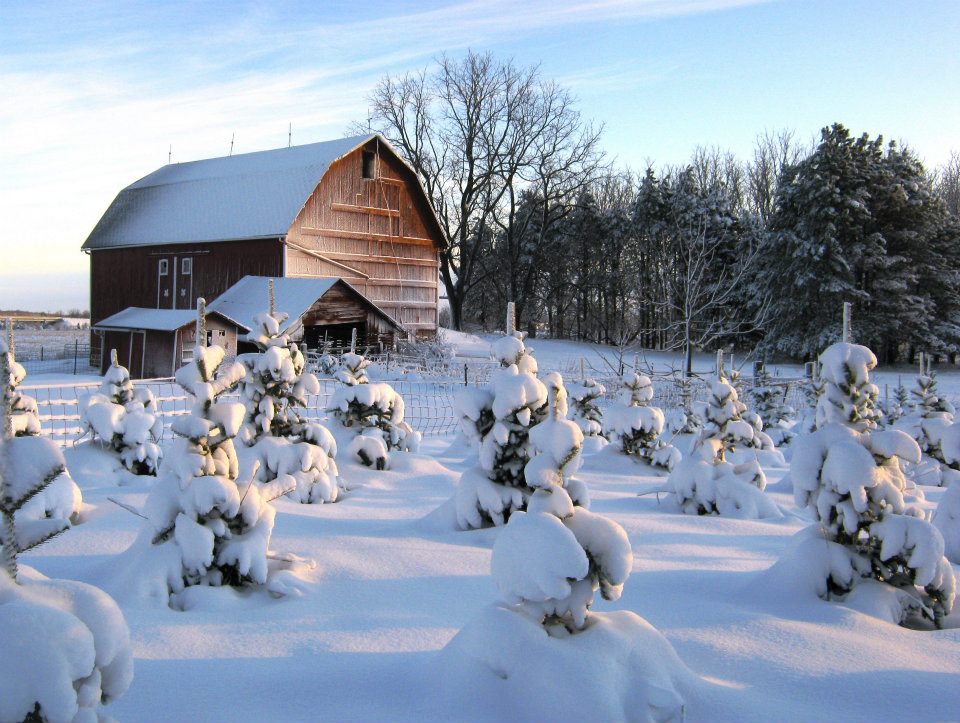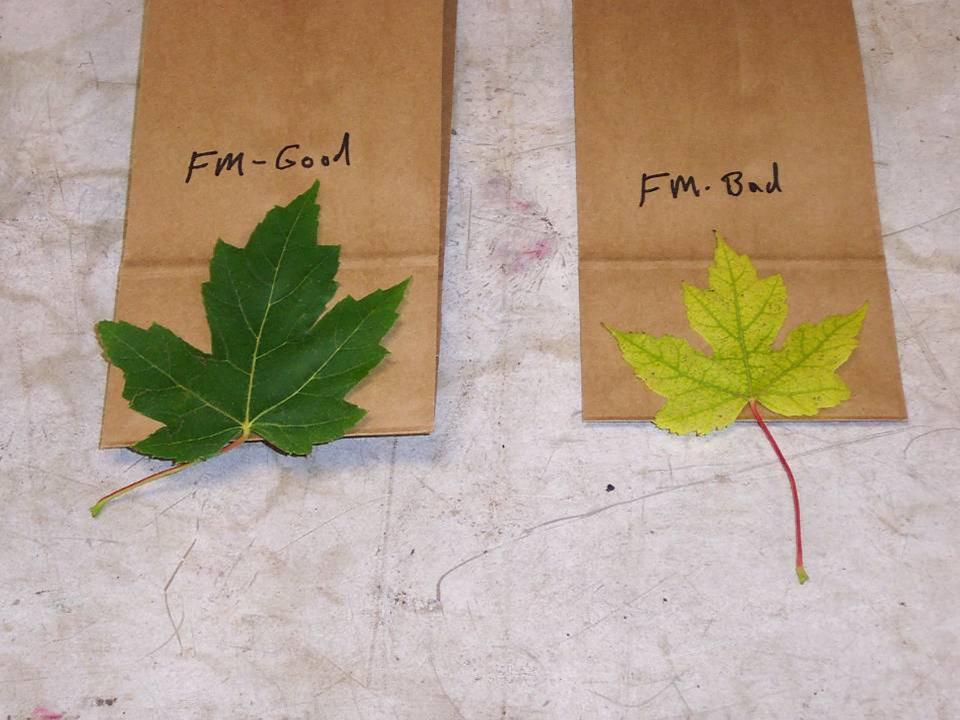My post on Christmas tree safety got blog readers Michael and Thad into the never-ending debate of what’s better for the environment: a real Christmas tree or a fake one. As is often said: “Where you stand depends on where you sit.” In the interests of full disclosure I will admit my bias is on the real tree side. My first job in high school was shearing Christmas trees back when minimum wage was $1.65 /hour (1976). Also in the interest of full disclosure I work closely with the Christmas tree growers in Michigan and elsewhere and get a small amount of research support from the state grower’s association.
Michael and Thad’s discussion turned pretty quickly to the bottom-line when it comes to carbon footprint. Which choice looks better depends on the assumptions you are willing to make. The critical ones, of course, are how long do you keep a fake tree and how far do you drive to get a real tree. If you buy one artificial tree and keep it 50 years it replaces 50 real trees. If you buy a real tree from a tree lot that’s on you way home and don’t make a special tree to get it, the real tree comes out looking good. The American Christmas Tree Associate (a trade association for artificial trees, NOT a growers’ group) has commissioned a life cycle assessment and claim the carbon footprint question is a wash http://www.christmastreeassociation.org/Article%20Pages/choosing-an-artificial-or-real-christmas-tree This is in contrast to some earlier claims they had made the artificial trees were greener – based largely on the distance driven to get a real tree.
One thing to note is that there are other environmental impacts besides carbon emissions to consider. Artificial trees are typically made from non-biodegradable plastics and most Christmas tree plantations require some pesticide and fertilizer inputs to keep trees looking good. In many parts of the country Christmas tree plantation can provide habitat for certain types of wildlife, especially birds that use the trees for perches and nesting.

Hannah and I embark on Tree-hunt 2011…
While everything seems to get boiled down to carbon comparison these days there are certainly more things to consider. For those that buy a tree at a local ‘choose and cut’ farm, there is certainly the satisfaction that at least some of your holiday purchases are supporting the local economy. At the end of the day, however, the debate between real vs. fake for most people gets down to one of two factors: tradition and convenience. Even though my heart is on the real tree side, I can’t deny that pulling an artificial tree out of a box from the attic each year is easier than going out on a cold wet, December day and getting a tree from a farm and then bringing it home and setting it up. But my mom was German and we always had a real tree in the house when I grew up. Now that I have my own family, my daughter and I have a tradition of going out to a local Choose and cut tree farm and looking for the perfect Fraser fir. No artificial tree can ever replace that. 
Fraser firs at Daisy Hill farm. Still got a couple years to go, but eventually I’ll be cutting my own.

